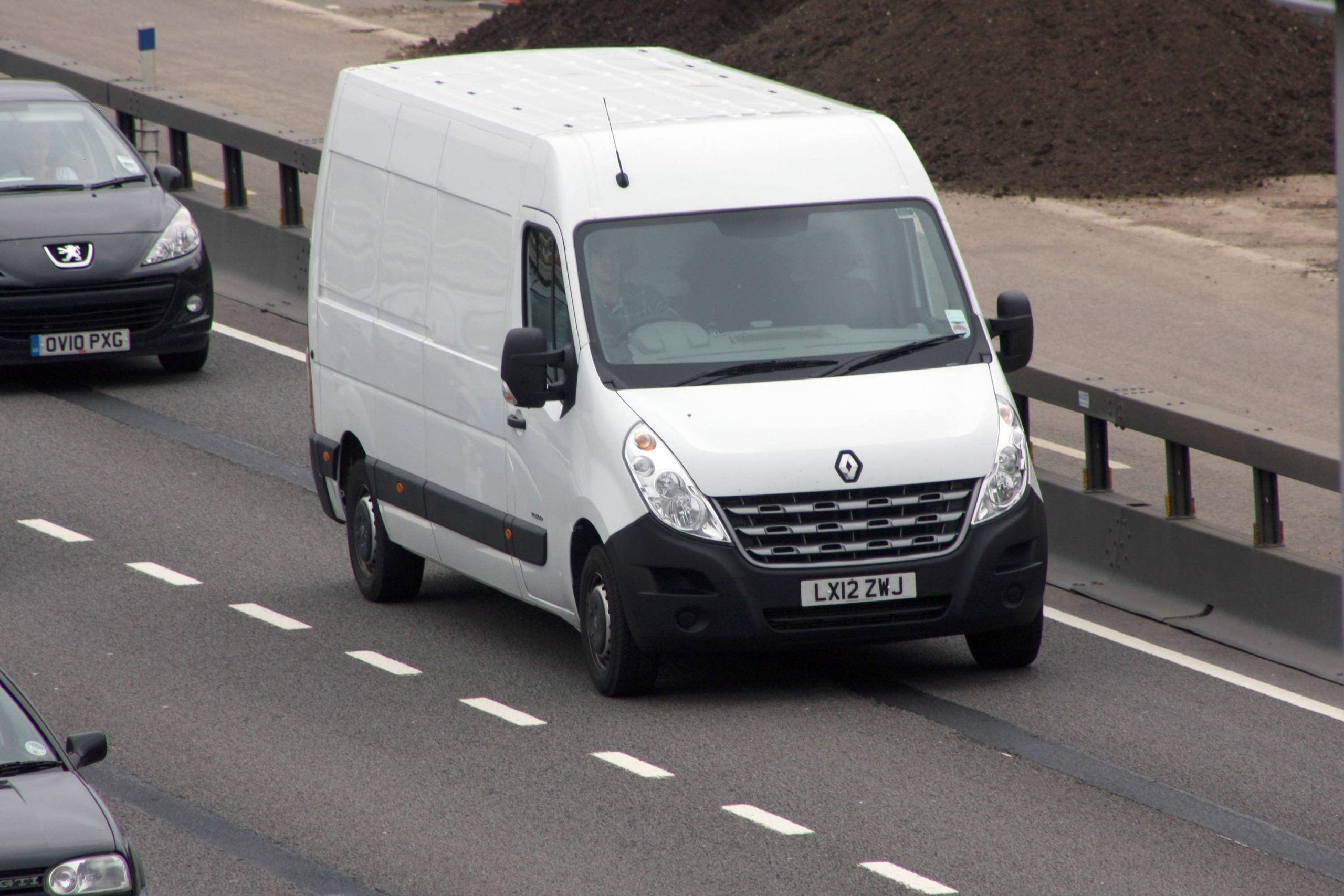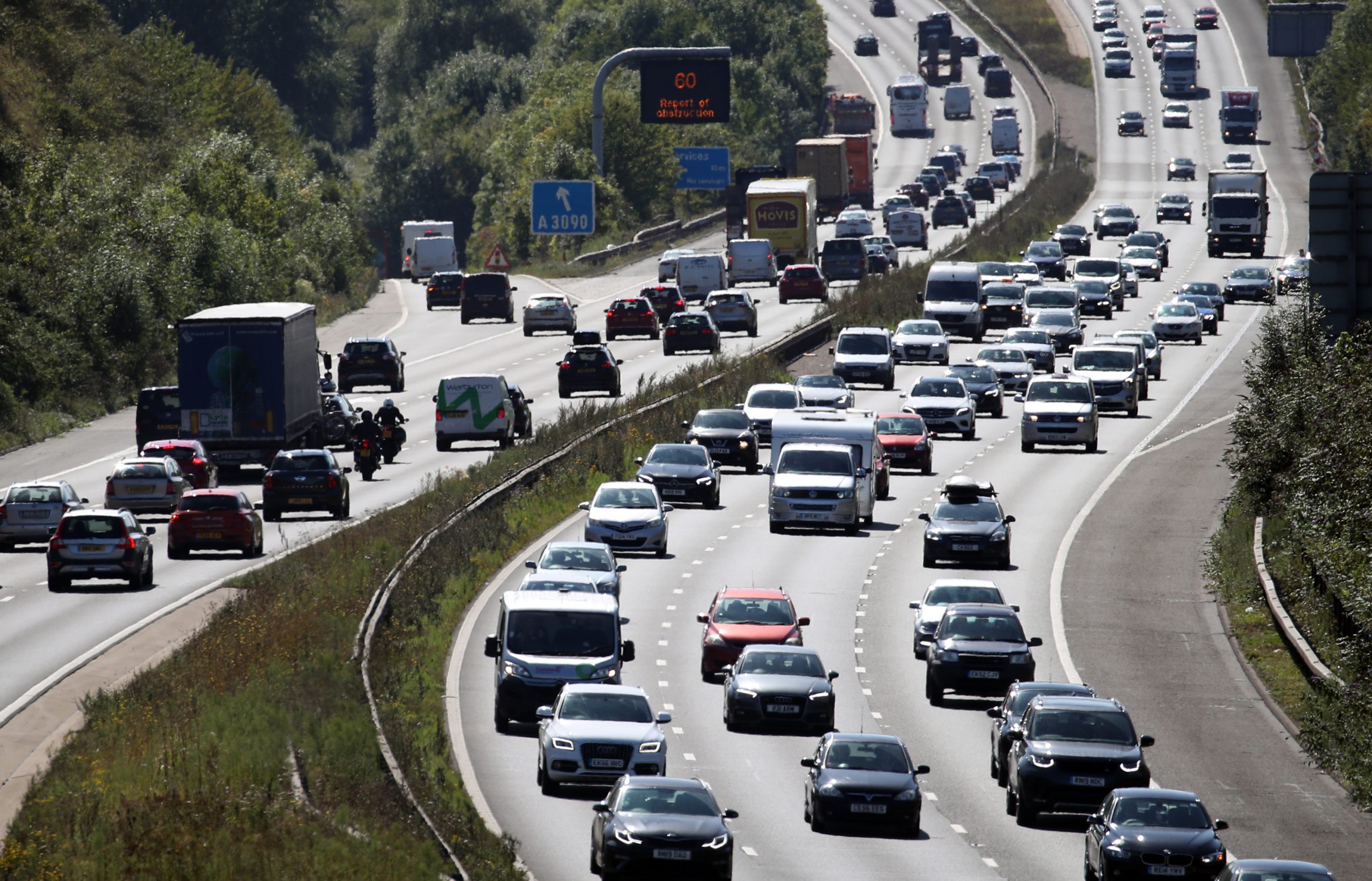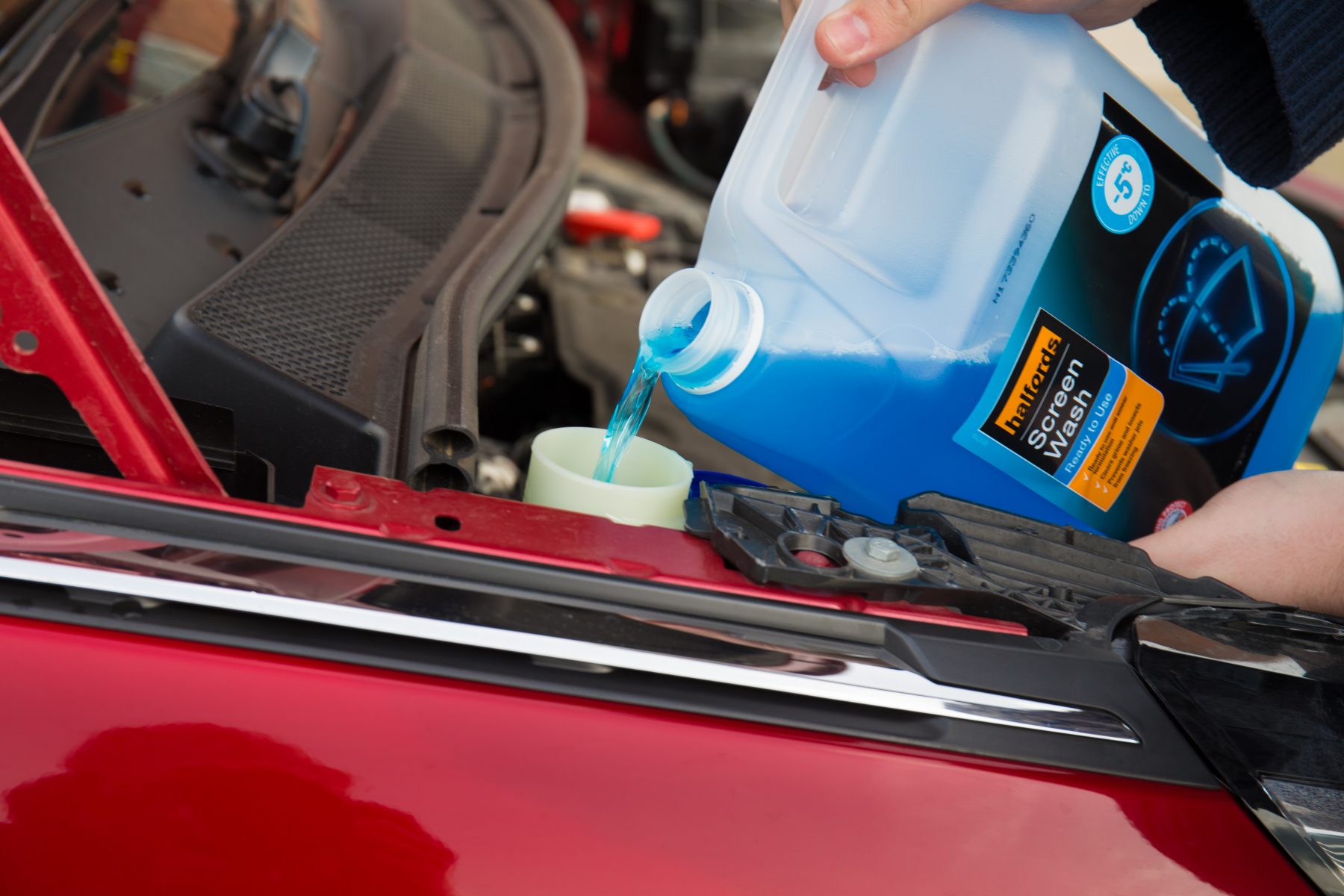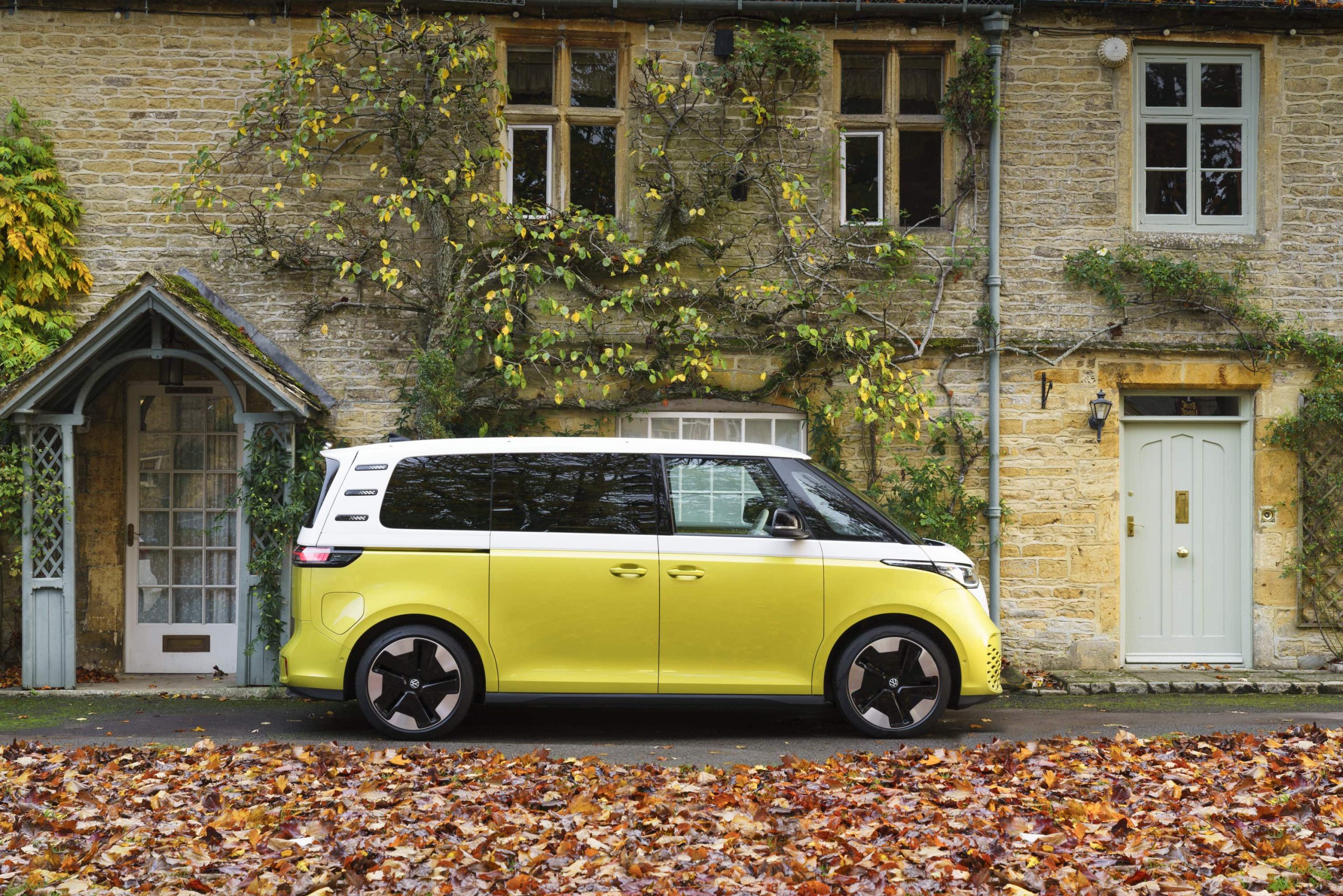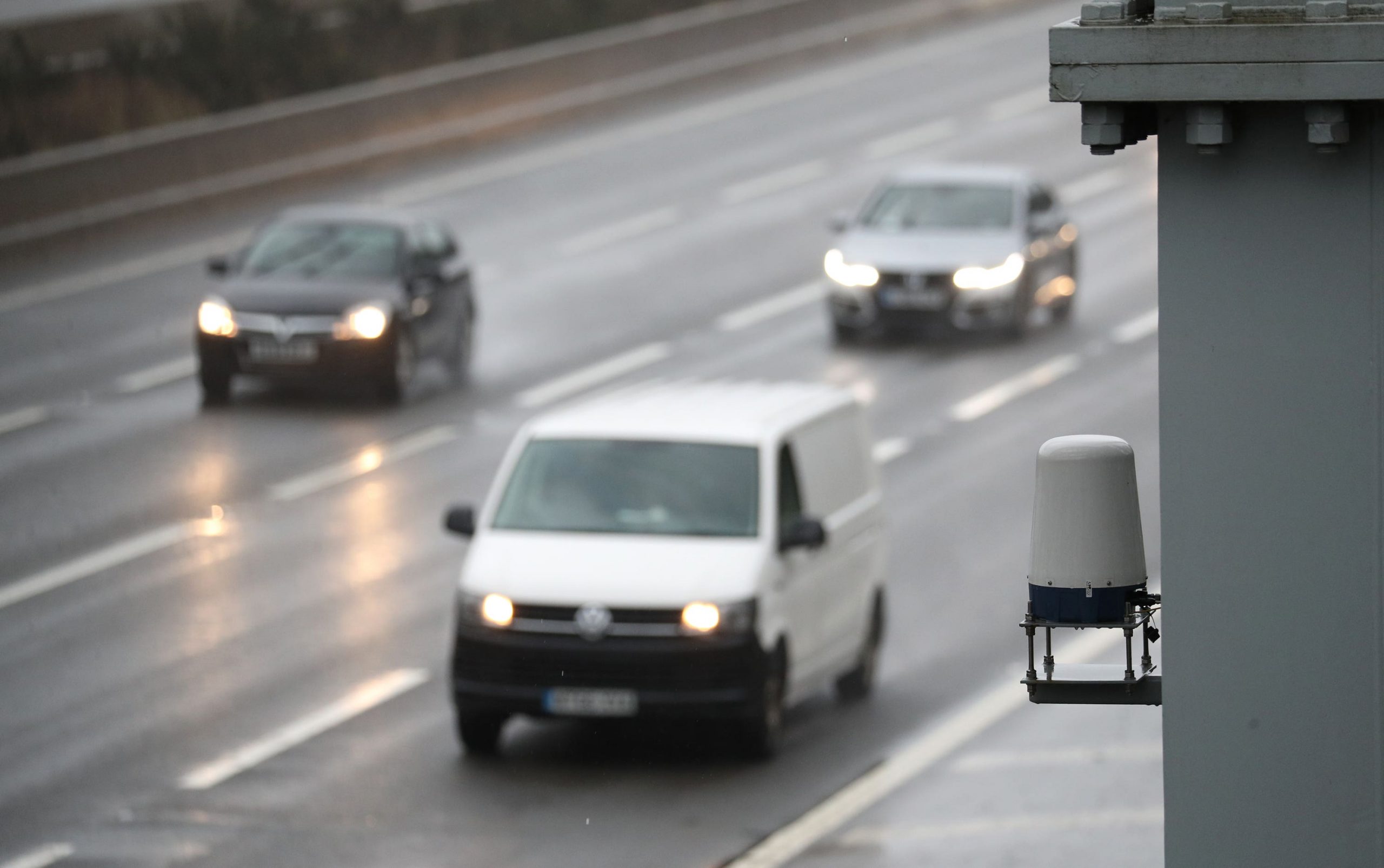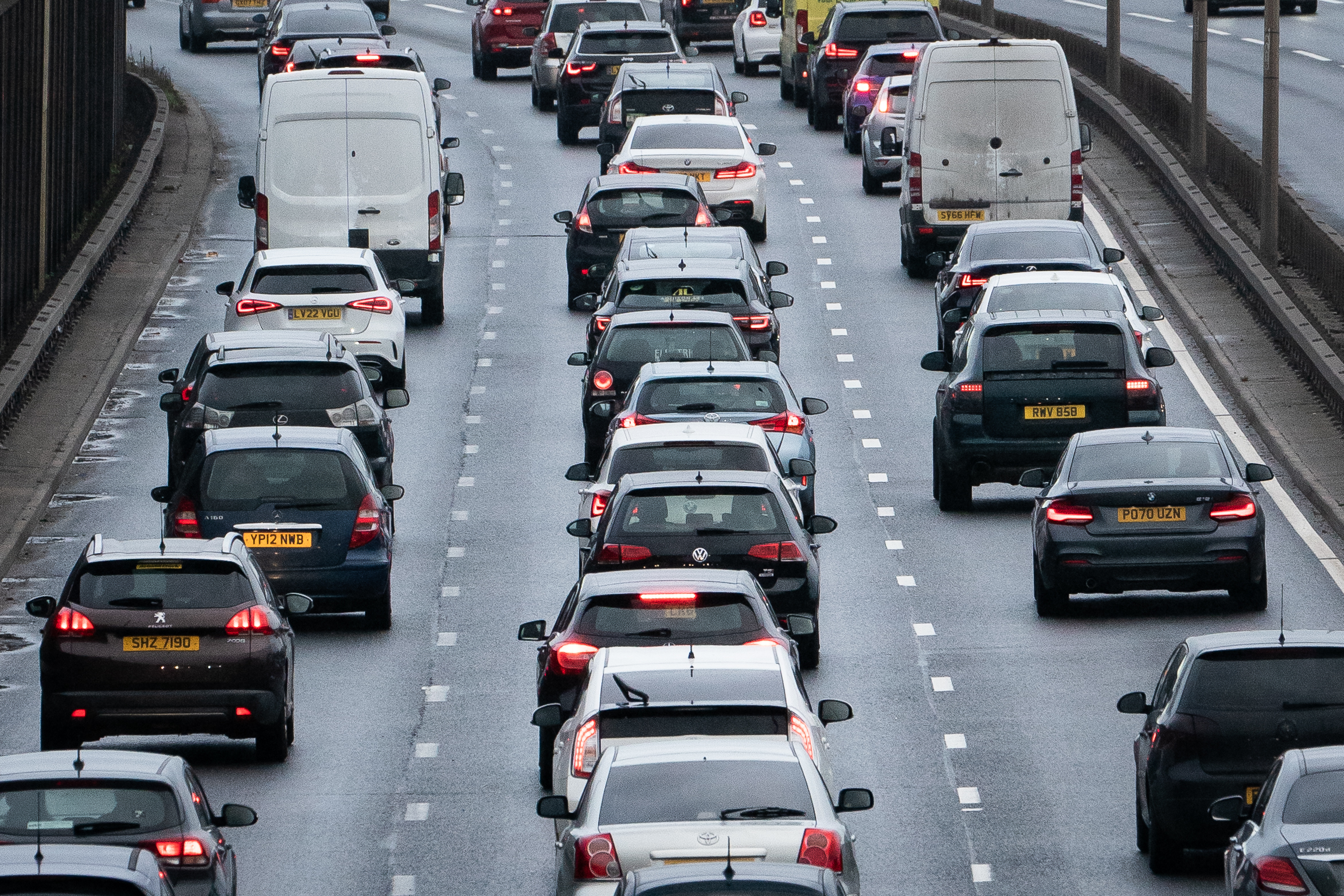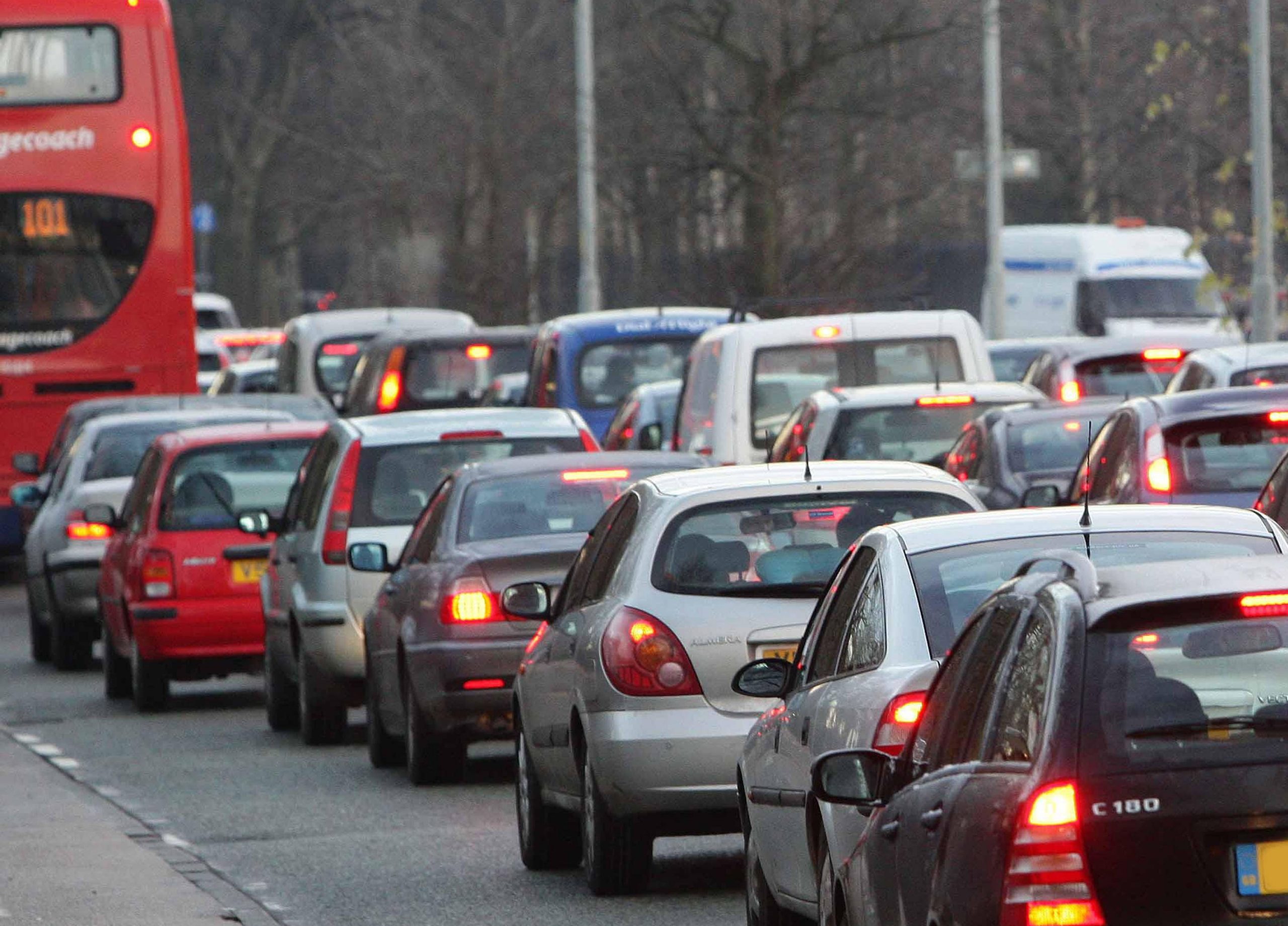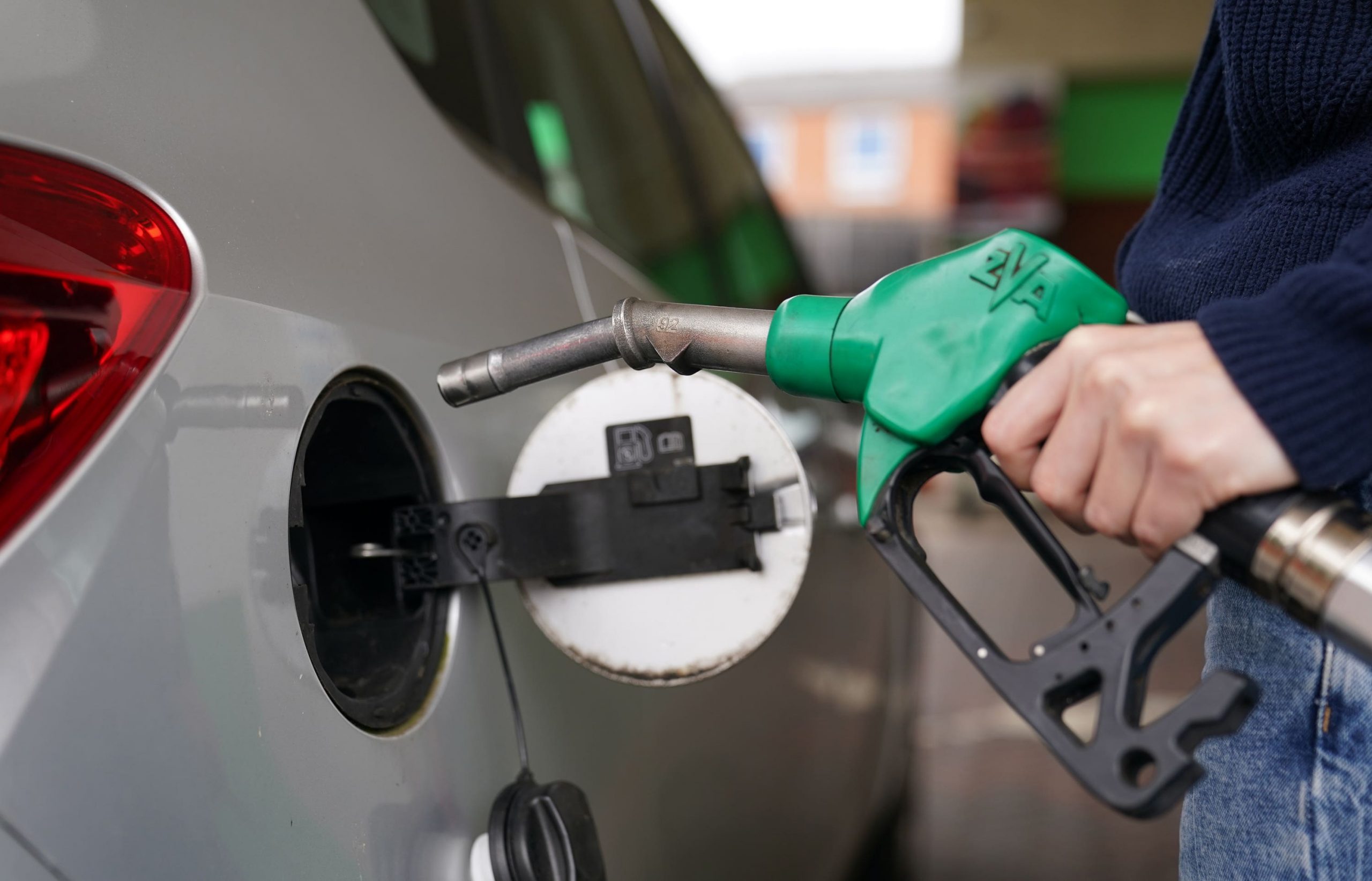The ID. Buzz is probably one of the most exciting EVs of 2022, but what’s it like from behind the wheel? Jack Evans finds out.
What is it?
How do you go about channeling some of the spirit of the iconic Volkswagen bus into a modern-day EV? Well, you create something called the ID.Buzz. It’s a fully electric bus built with some of the character of the classic, though underpinned by some of the latest battery technology.
But aside from its eye-catching looks, what does the ID. Buzz have to offer and how does it separate itself from the rest of the pack in what is becoming a very crowded EV segment? We’ve been finding out.
What’s new?
You might expect the ID.Buzz to be underpinned by a platform sourced from a conventional van, but no. The platform that this retro-infused model is sitting atop is the same that you’ll find underneath other Volkswagen Group EVs like the VW ID.3, Cupra Born and Skoda Enyaq iV. The idea behind this is to make the ID. Buzz more car-like in the way it drives, yet this scalable platform means that there’s plenty of space on offer too.
For now, the ID. Buzz is a strict five-seater, too, though it’s expected that a long-wheelbase version with space for seven is on the horizon – so hold out a little longer if you’re after a more people carrier-focused option.
What’s under the bonnet?
Though you can get cars like the ID.3 and Enyaq with a variety of battery and motor options, there’s just one available with the ID.Buzz. Like other Volkswagen Group EVs the Buzz is rear-wheel-drive only for now, with a 201bhp electric motor sending power to the back wheels.
This motor is hooked up to a 77kWh battery which helps to deliver a claimed range of up to 258 miles between charges. Plus, because it can be charged at speeds of up to 170kW, a five to 80 per cent top-up could take as little as half an hour if you’re hooked up to a rapid charger. Plus, the ID.Buzz has been future-proofed through bi-directional charging, which allows it to store energy and then send it back to the grid during times of high demand.
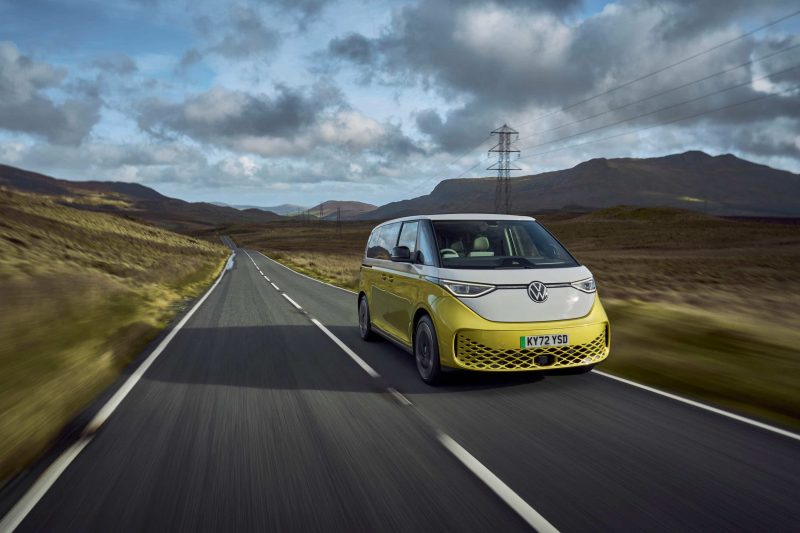
What’s it like to drive?
Sitting in the cabin will prove familiar to anyone who has driven any of Volkswagen’s recent EVs. The switchgear, steering wheel and key touchpoints are all like-for-like, so it’s easy to get accustomed pretty quickly. On the move, the ID.Buzz is quiet and refined, though at slower speeds its weight does come to the fore as it tends to get upset by larger potholes or more distinct bumps in the road.
However, despite its on-paper 0-60mph time of 10.2 seconds, the Buzz feels a lot sprightlier to drive. The steering is pretty light but accurate, while loads of glass and relatively slim pillars mean that visibility is good in all directions. The raised seating position gives you a good view of the road ahead, too, and does make the whole experience more ‘bus like’.
How does it look?
It’s hard to stop and park in the ID. Buzz without someone coming over to ask questions about it, which goes to show just how eye-catching this electric model is. You could park it next to pretty much any current supercar and there’s a good chance that people will naturally gravitate towards the Buzz, simply because it looks like nothing else on the road today.
The split-colour design is particularly striking, but it’s all tied together in a package which takes some cues from the past but blends them well with current proportions.
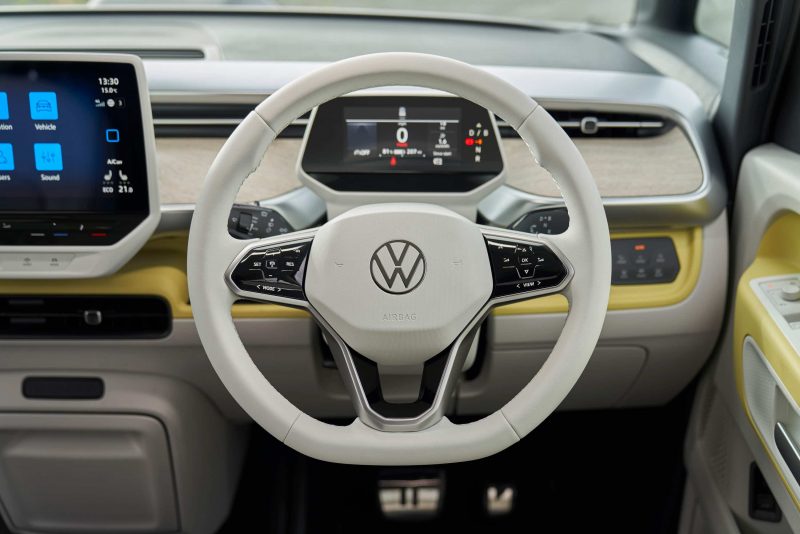
What’s it like inside?
Volkswagen’s MEB electric platform has been used to its fullest in the ID. Buzz, as there’s loads of space inside and plenty of storage options. There’s a completely flat floor, too, which means that there’s no penalty for the person sitting in the middle seat in the back. Having said that, given how exciting the exterior is, we might’ve wanted a little more flair in the cabin of the ID.Buzz. It’s far from badly made, but the interior is a little bland compared with the superb outside.
But there’s loads of space on offer, with 1,121 litres of boot room available behind the second row of seats. Fold them down and this increases to 2,205 litres. Remember too, that if outright storage capacity is what you’re after, Volkswagen offers a more van-like ID. Buzz Cargo.
What’s the spec like?
Prices for the ID. Buzz kickstart from £57,115 in entry-level Life trim, which brings 19-inch alloy wheels, 10-colour interior ambient lighting and a full navigation system with a 10-inch screen. As we’ve found in other Volkswagen models, this infotainment screen isn’t the easiest to navigate, but it’s definitely at its best in the Buzz. Other standard features include a reversing camera, heated steering wheel and heated front seats.
You could step up to the £61,915 ‘Style’ to gain 20-inch wheels, a power tailgate and upgraded matrix LED headlights, but in truth, the regular specification is more than well-equipped for most. Since there’s no change in battery size or range in the more expensive specification, there’s not too much reason to opt for it other than some choice extras.
Verdict
The Volkswagen ID. Buzz is here to show that electric cars needn’t be sterile or boring. Sure, the interior could do with jazzing up a touch, but the way that this bus combines practicality, a decent range and plenty of standard equipment is impressive.
The only real snag is the lack of a seven-seater option, which is likely to be a put-off for many would-be Buzz drivers. However, if outright people capacity isn’t what you’re after, the Buzz makes for a very exciting and well-executed option.
Facts at a glance
- Model: Volkswagen ID. Buzz
- Starting price: £57,115
- Engine: Single electric motor
- Power: 201bhp
- Torque: 310Nm
- 0-60mph: 10.2 seconds
- Top speed: 90mph (limited)
- Range: 258 miles

